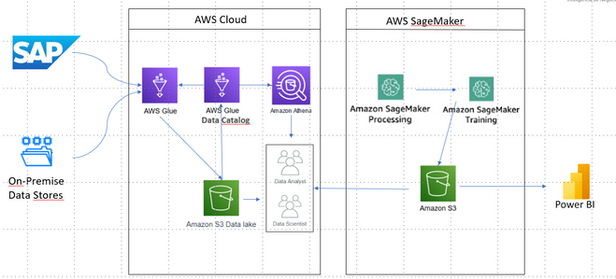The case study describes how a business sector used an AI model to forecast the monthly demand for its products for a year ahead and optimize its cost-related aspects. The AI model used historical and current data on demand, inventory, procurement, warehouse, production, sales, and discounts to capture the patterns, trends, seasonality, and anomalies in the data. The AI model also analyzed the relationship between sales profits and discount policies and provided recommendations for the best ways to apply discounts to maximize profits. The case study evaluated the performance of the AI model by comparing it with the baseline methods and measuring the forecast accuracy and the cost savings. The case study also discussed the challenges and limitations of the AI model and the future directions for improvement.


• A reliable and robust data source that provides historical and current data on demand, inventory, procurement, warehouse, production, sales, and discounts for the business sector of interest.
• A suitable AI model that can handle time series data and capture the patterns, trends, seasonality, and anomalies in the demand and other variables.
• A validation and evaluation framework that can measure the forecast accuracy and the cost savings of the AI model compared to the baseline methods.
• A user-friendly interface that can display the forecast results and the recommendations for the cost-related aspects in a clear and intuitive way.
• A feedback mechanism that can collect the user's inputs and preferences and update the AI model accordingly.

• Dealing with data quality issues such as missing values, outliers, noise, and inconsistency.
• Choosing the appropriate level of granularity and aggregation for the demand forecasting and the cost optimization.
• Balancing the trade-off between forecast accuracy and computational complexity.
• Incorporating the uncertainty and risk factors in the demand forecasting and the cost optimization.
• Handling the dynamic and changing nature of the demand and the business environment.

Created a Data Pipeline to digest historical sales data from SAP.
Performed Data Cleaning on the data.
Performed EDA (Exploratory Data Analysis).
Performed training on 80% of the data with cross validation using different Regression algorithms.
Performed evaluation on 20% of the data using cross validation.
The best result we got from an XGBoost algorithm with a 92.91% Score





